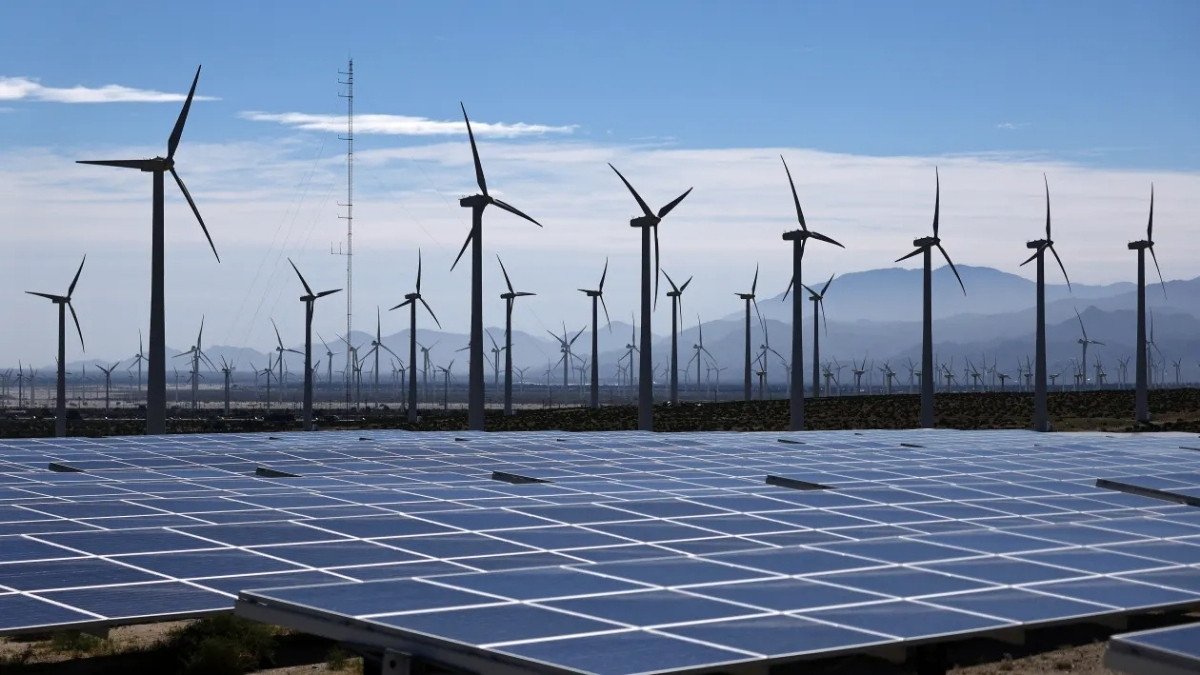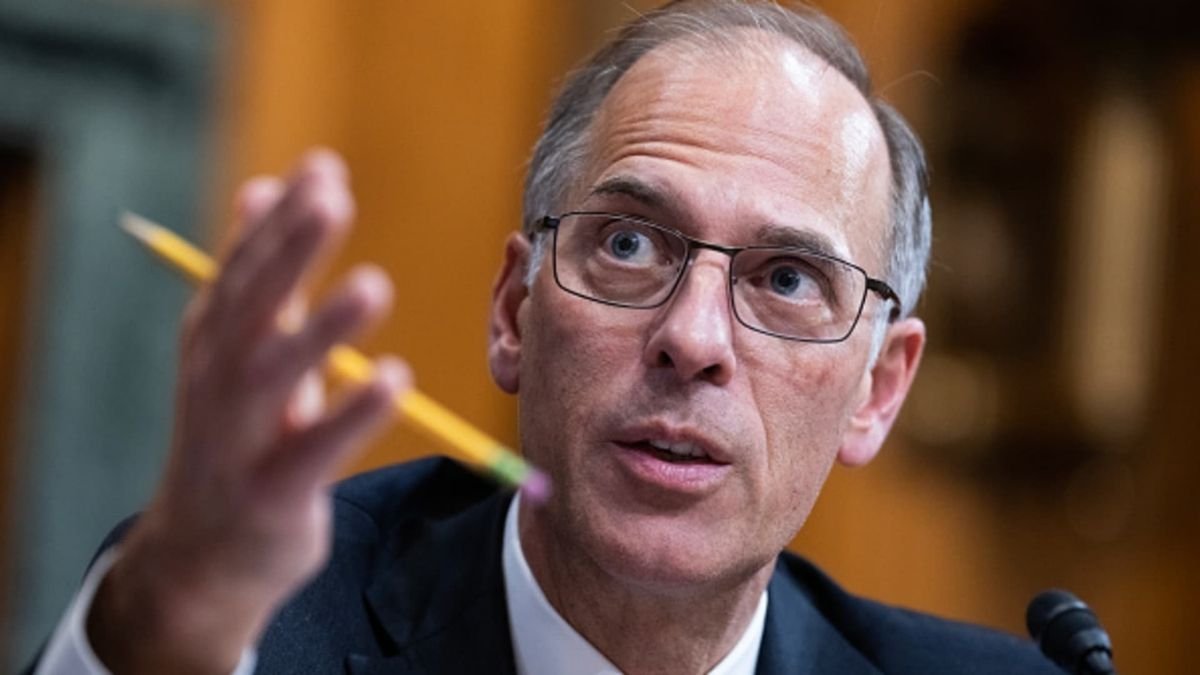Global growth is set to fall sharply this year after the United States raised tariffs to the highest level in nearly a century. Fitch Ratings expects world GDP to expand by only 2.2 percent in 2025 and 2026, compared with 2.9 percent last year.
These growth figures are well below the average of 2.7 percent over recent decades. They also mark a big drop from predictions made in late 2024, when forecasters expected stronger global activity driven by the US and Europe.
The turn in sentiment reflects what analysts are calling the “US tariff shock.” Fitch estimates that the effective tariff rate on all US imports will soon settle between 15 and 20 percent, far above the 2024 level of 2.5 percent.
“This is the largest increase in tariffs since the 1930s,” said Brian Coulton, Chief Economist at Fitch Ratings. He added that a policy shock of this scale is difficult to measure, with no modern precedent.
Fitch’s research using the Oxford Economics model suggests global income could fall by about one trillion US dollars across two years. That equates to nearly one percent of worldwide GDP being wiped out.
The United States is feeling the impact most directly. Growth is expected to slow to 1.5 percent in 2025 from 2.8 percent in 2024. Inflation will pick up as higher import costs pass into consumer prices during the second half of this year.
That rise in prices is already cutting into wages after accounting for inflation. Household spending growth slowed through the first five months of 2025, while business investment is weakening amid deep policy uncertainty.
US GDP dropped in the first quarter as firms and households imported heavily before tariffs took effect. Imports fell in the second quarter, but domestic demand also slowed sharply, showing consumer weakness.
In theory, higher tariff revenues should aid the economy when recycled through tax cuts. But Fitch expects these effects will not be felt until 2026, leaving the short term outlook soft.
China faces one of the largest direct hits from new tariffs. The US effective tariff rate on Chinese goods now stands at 41 percent, compared with 11 percent last year, despite some de-escalation agreements reached in Geneva in May.
Exports to the US, worth around 15 percent of China’s total shipments, were down 16 percent year-on-year in June. Exports to other countries are holding firm, partly helped by the weaker US dollar that supports Chinese competitiveness.
Beijing has responded with looser fiscal policy and more credit support. GDP grew 5.2 percent year-on-year in the second quarter, but domestic consumption remained weak, and investment slowed. Housing sales also recorded a new decline.
Fitch expects China’s GDP growth will fall below 5 percent this year as deflationary pressures mount. Nominal GDP growth has already slowed to 3.9 percent in the second quarter from 4.6 percent in the first.
Many smaller East Asian exporters dependent on global trade are also facing pressure. Higher US tariffs, weaker Chinese demand, and shifting supply chains could reduce output across some of the region’s manufacturing hubs.
The eurozone is bracing for further weakness as tariffs affect its exports. The EU now faces a US effective tariff rate of 15 percent on goods, covering its most important trading partner that takes one-fifth of extra-EU shipments.
Europe was already struggling with weak growth since the pandemic. Last year the bloc grew less than one percent. Fitch now expects expansion of only 0.8 percent in 2025, hit by weaker export demand and higher competition from China.
Still, there are pockets of improvement. German households increased spending in early 2025, helped by rising real wages as inflation cooled. The European Central Bank’s 200 basis points of interest rate cuts since June 2024 are aiding credit growth.
Germany’s new government has also announced a major policy shift, pledging infrastructure and defense investment worth 850 billion euros over five years. Fitch expects this to add nearly one percent to GDP by 2027.
Financial markets have reacted strongly to tariff changes. The US equity market plunged by 12 percent in four days after the April reciprocal tariff announcement. Stocks recovered later, but bond and currency markets remain more unsettled.
The US dollar has lost 7 percent against a wide basket of currencies and nearly 10 percent against other major reserves. Meanwhile, long-term Treasury yields have climbed to 5 percent, the highest in over a decade.
This unusual mix of a weaker dollar and rising long-term yields points to declining global appetite for US financial assets. At the same time, high government borrowing needs are adding pressure to bond markets.
The Federal Reserve is expected to wait before easing policy further. Fitch forecasts only one rate cut in late 2025, since tariff-driven inflation and a weaker dollar are adding to price pressures.
[inline_related_posts title=”RECOMMENDED” title_align=”left” style=”list” number=”2″ align=”none” ids=”” by=”categories” orderby=”rand” order=”DESC” hide_thumb=”no” thumb_right=”no” views=”no” date=”yes” grid_columns=”2″ post_type=”” tax=””]
In contrast, the impact outside the US is more disinflationary. The European Central Bank is expected to lower its deposit rate again in September, taking it down to 1.75 percent as growth remains subdued.
The tariff shock is now visible across trade flows, consumer spending, currency markets, and global policy. The world economy, already fragile, is being reshaped by the most severe tariff fight since the 1930s.















